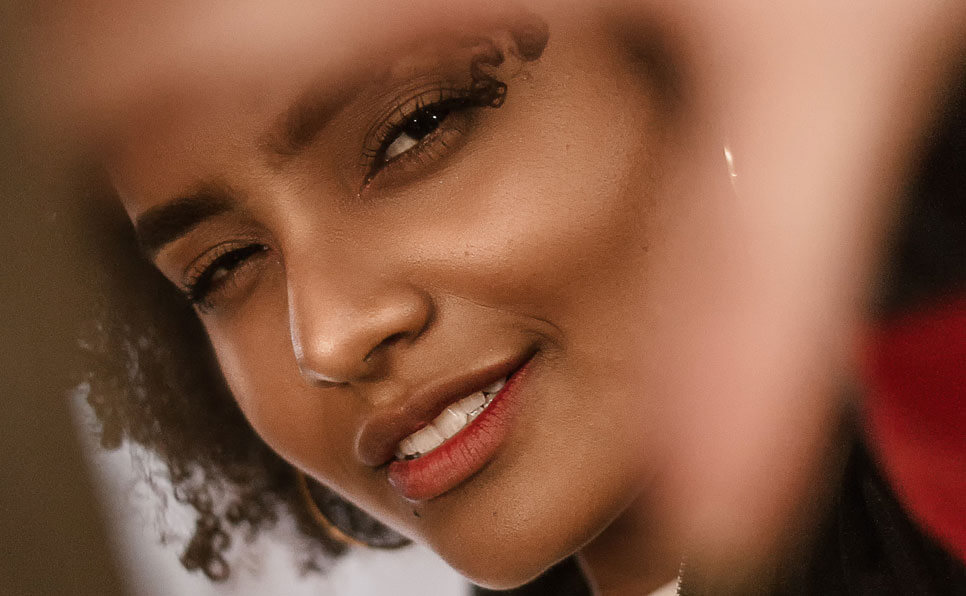Transforming Visuals Frame by Frame
In a world saturated with content, what makes a film, photo, or even a 10-second video stand out?
According to acclaimed colorist and visual storyteller Fawn Sebastian, the answer lies in something often overlooked: color correction.
Not filters. Not presets. But the painstaking, artistic process of balancing and enhancing color to tell a deeper, more intentional story.
In this special series, we explore Fawn’s approach to color correction as an art form — starting with the foundations that set the tone (literally) for every frame you see.
🎬 Who Is Fawn Sebastian?
Fawn Sebastian is a rising force in the post-production world. With a background in fine art and cinematography, she’s worked with top indie directors, fashion labels, and streaming platforms to breathe life into raw footage. Her signature style? Rich tones, emotional contrast, and storytelling through subtlety.
She describes color correction as “the emotional heartbeat of the frame.”
🎯 What Is Color Correction — And Why Does It Matter?
In Part One of her masterclass-style breakdown, Fawn begins with the basics:
“Color correction isn’t about making things ‘look pretty.’ It’s about making them feel right. You’re not just adjusting colors. You’re adjusting emotions.”
Color correction is the first step in the color grading process. Its main goal is to:
- Balance exposure
- Fix white balance
- Match color between shots
- Establish visual consistency
It’s technical, yes — but as Fawn puts it, “it’s the part where raw footage becomes watchable.”
🧰 Fawn’s Core Tools & Workflow (Simplified)
Fawn keeps her workflow clean and precise. She usually starts with:
- Scopes (waveform, vectorscope) to analyze color data
- LUTs (Look-Up Tables) for matching camera profiles
- Primary correction tools like lift, gamma, and gain controls
- DaVinci Resolve as her go-to software for precision
But she’s quick to say:
“The tool is never the secret — it’s how you see that makes the difference.”
🔍 Common Mistakes She Sees (and Fixes)
In Part One, Fawn also highlights the most common color correction errors:
- Overcorrecting skin tones – making people look gray or orange
- Ignoring white balance – resulting in a blue or yellow tint
- Crushing the blacks too early – losing detail in shadows
- Skipping shot matching – making the edit feel choppy or fake
Her rule of thumb?
“Fix first. Stylize later.”
🧠 The Philosophy Behind the Practice
What sets Fawn apart isn’t just her technical skill — it’s her philosophy. She views each frame like a painting, asking:
“What is this image trying to say — and how can I help it say that louder, without shouting?”
In Part One of her series, she urges beginners to slow down, observe the image, and think emotionally before jumping into the sliders.
🎥 Are you into filmmaking or photography? Have you tried color correction before? Drop your questions or experiences in the comments — we’d love to feature them in the next part!



Leave a Comment